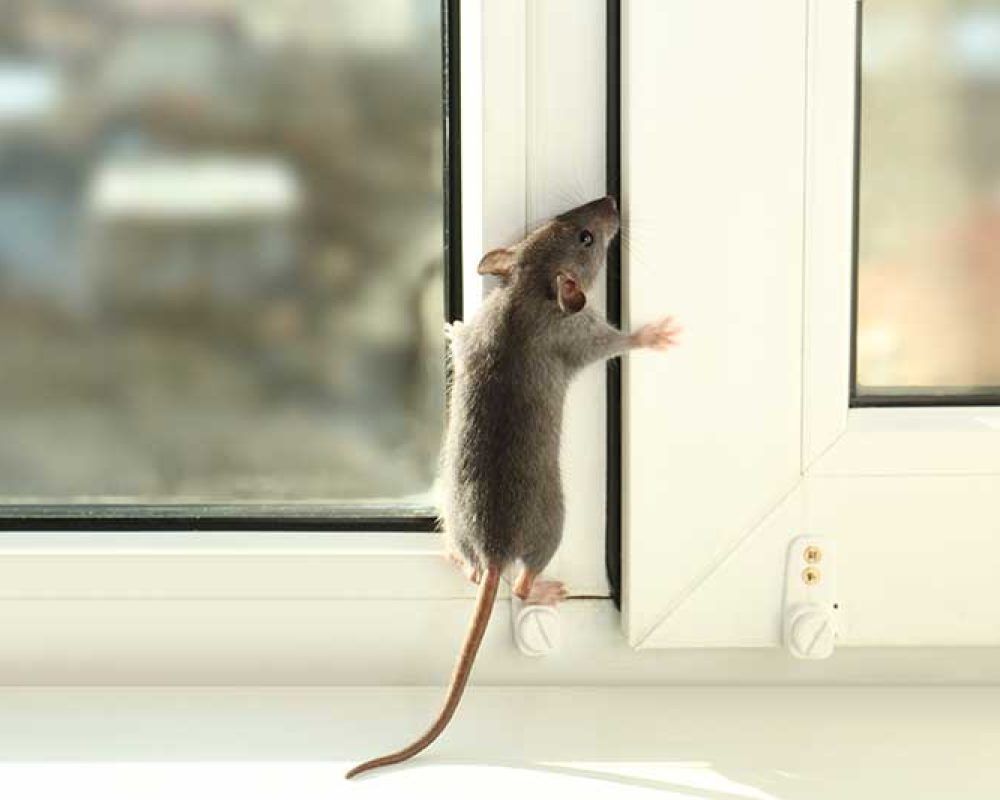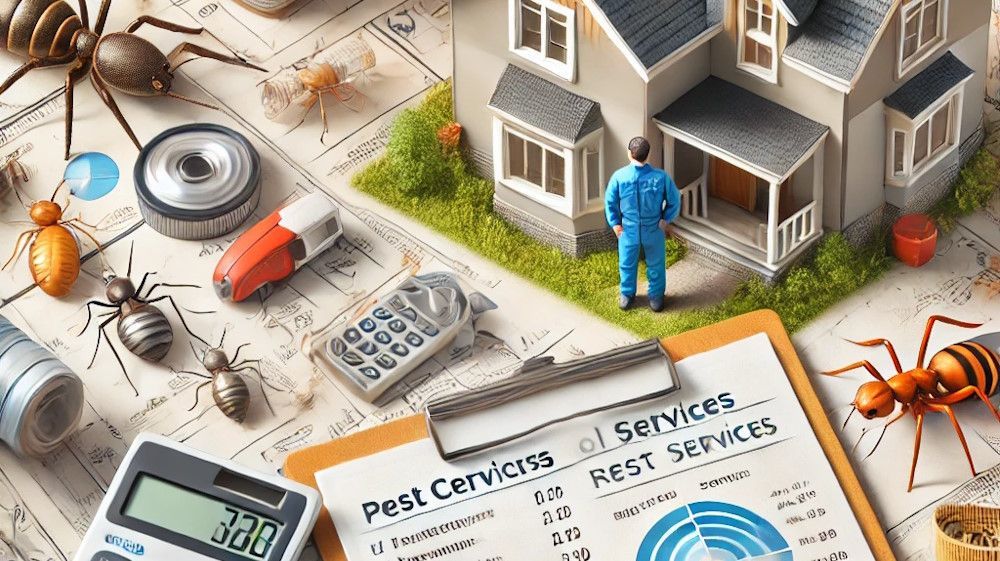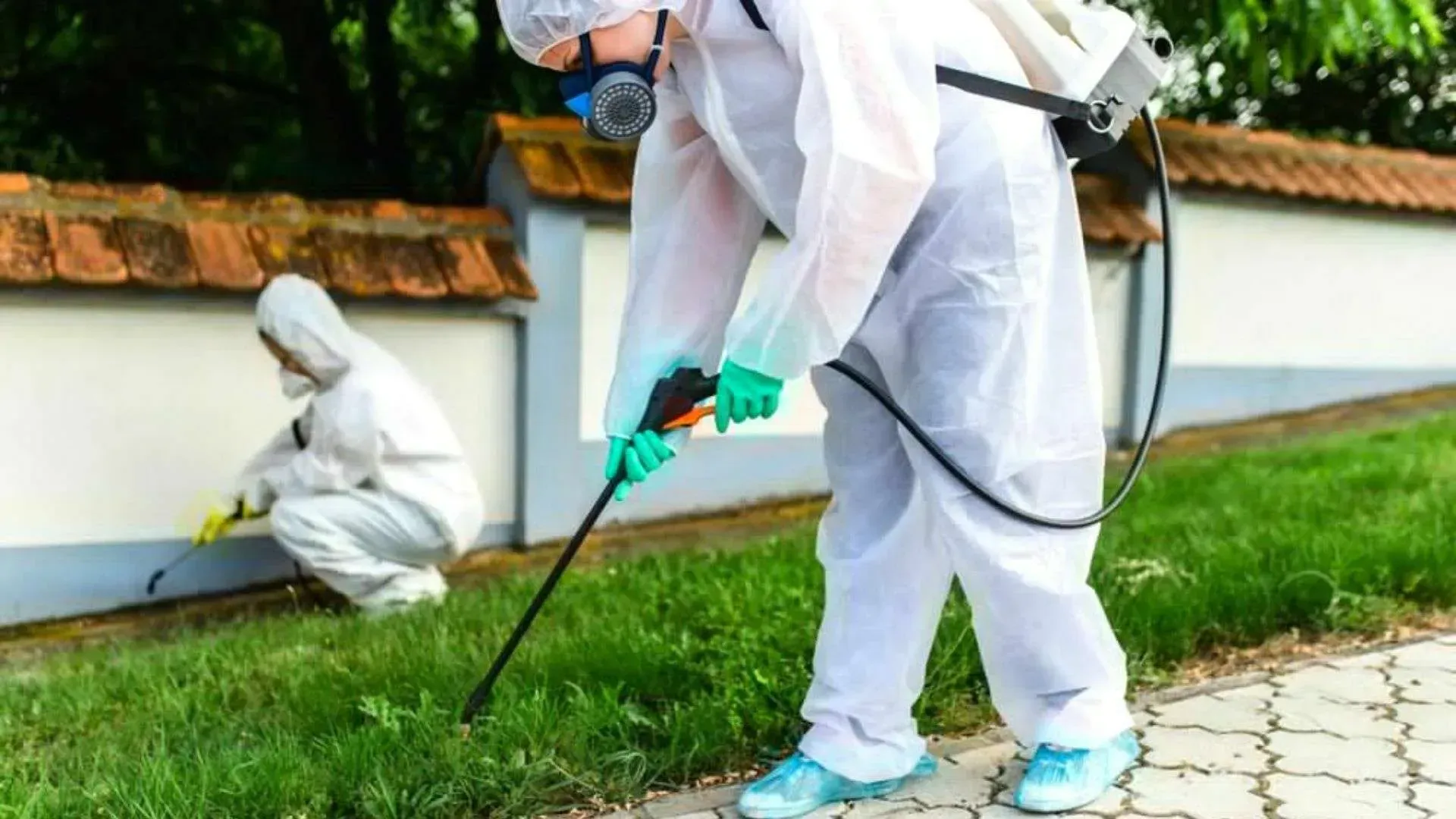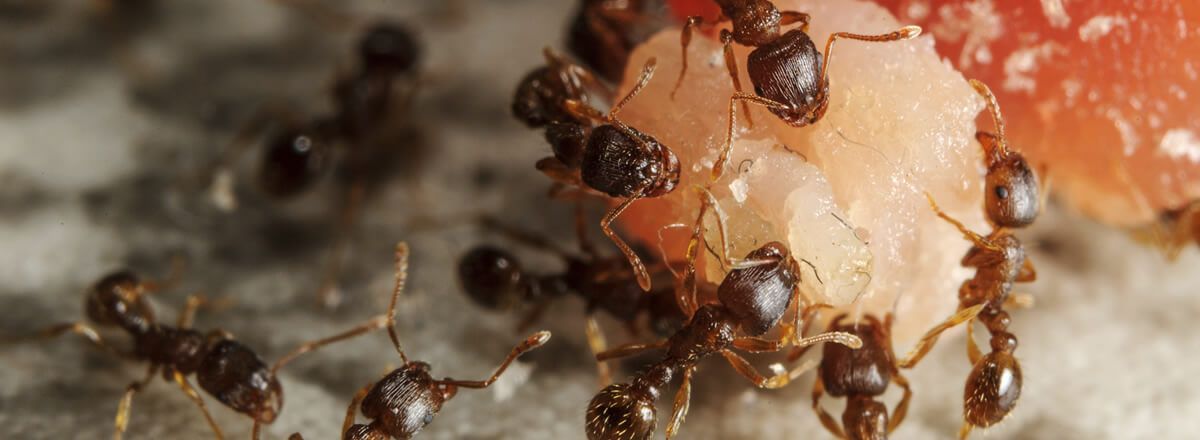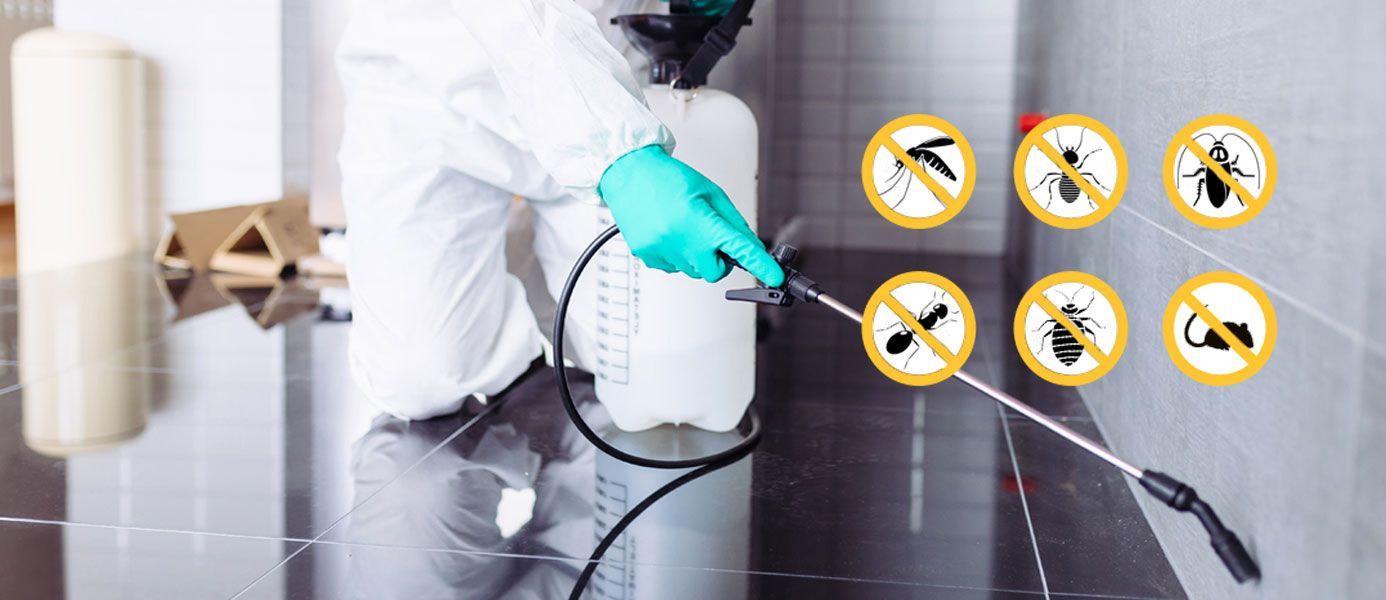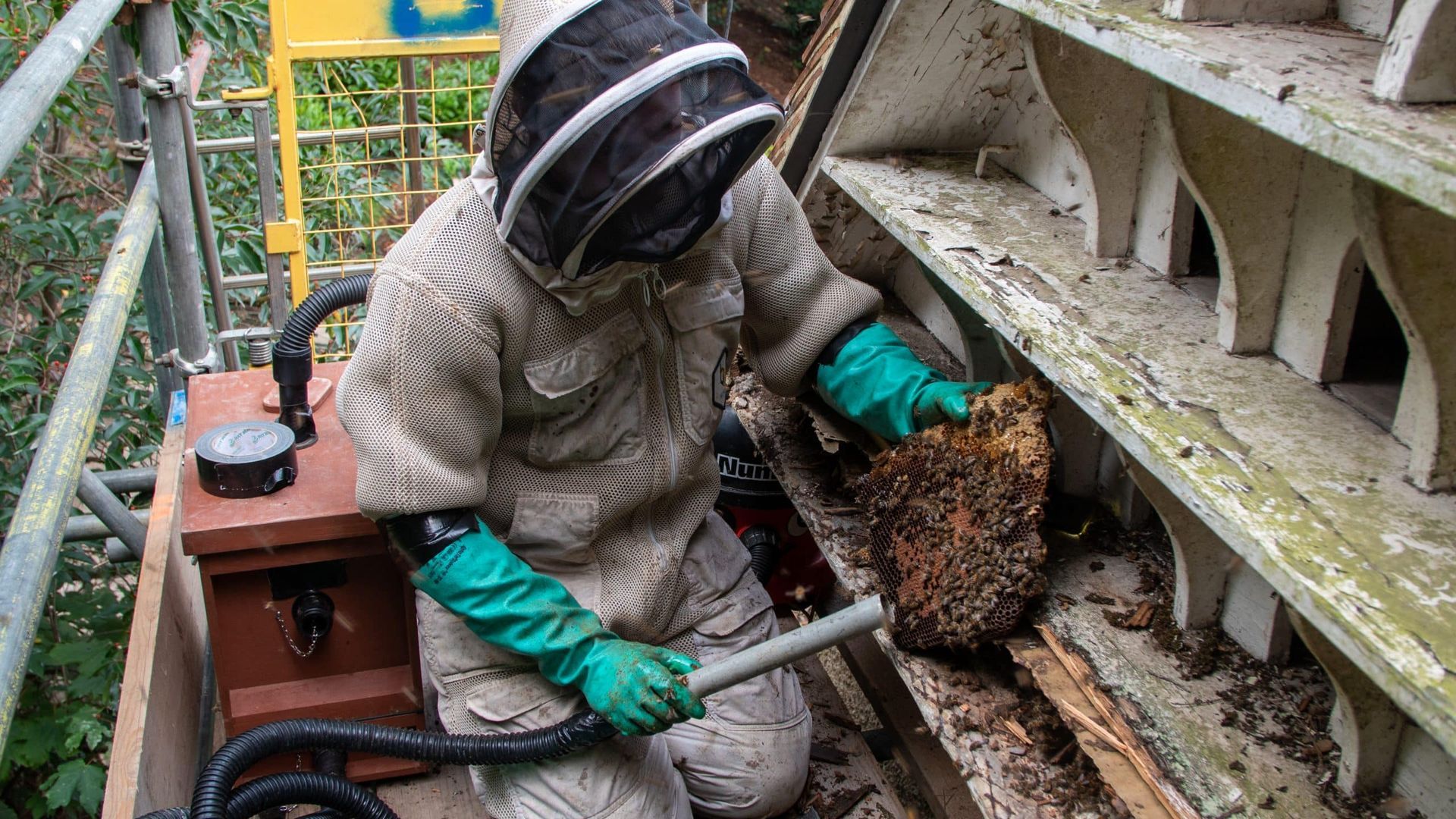Uninvited Guests
A Sneak Peek into the World of Bedbugs
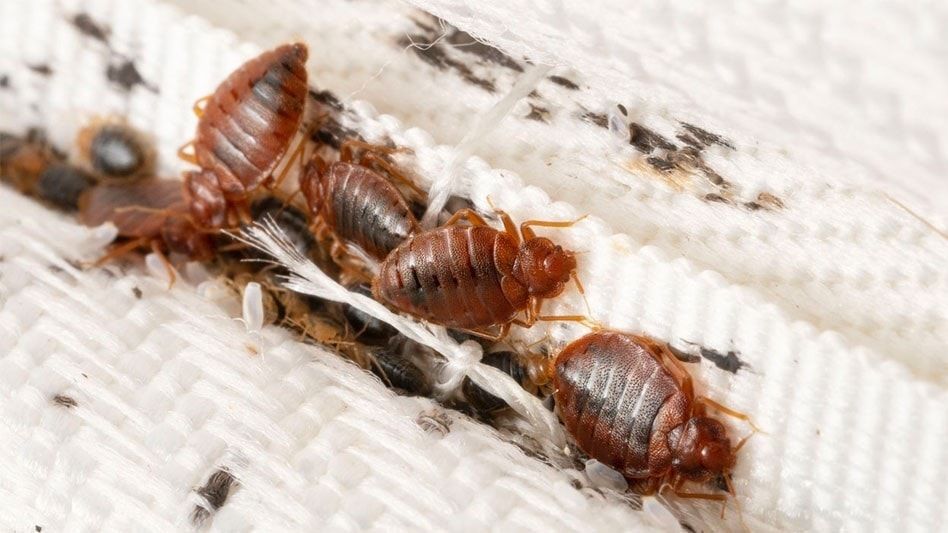
They are small, elusive, and incredibly resilient - bedbugs. Just hearing the name is enough to make your skin crawl. These infamous blood-sucking creatures have been a human nuisance for centuries, causing frustration, discomfort, and even psychological distress. In this blog, we will delve into the world of bedbugs, exploring their characteristics, habits, and most importantly, how to prevent and eradicate these unwelcome guests.
1. Bedbug Basics:
Bedbugs are small insects, typically around 5-7 mm long, oval-shaped, and reddish-brown in color. Contrary to popular belief, bedbugs are not confined to beds alone; they can infest various furniture, cracks, and crevices within the house. Though they do not transmit diseases, their bites can cause itching, allergic reactions, and in some rare cases, secondary infections.
2. Habits and Behavior:
Bedbugs are nocturnal creatures, coming out at night to feed on human blood while we sleep. They are attracted to the warmth and carbon dioxide we emit, allowing them to locate their next meal. These pests have a remarkable ability to survive without feeding for months, making them challenging to eradicate once an infestation occurs.
3. Common Signs of Infestation:
Detecting a bedbug infestation requires careful observation. Look out for these signs:
- Reddish stains or spots on the sheets, pillowcases, or mattress caused by bedbugs being crushed or their droppings.
- Small, itchy bites appearing in clusters or a line formation on exposed skin.
- Fecal traces that resemble tiny dark spots on bedding or furniture.
- A musty odor, often described as a combination of coriander and rotten raspberries, emitted by bedbugs' scent glands.
4. Prevention Tips:
Prevention is key when it comes to avoiding bedbug infestations. Here are some handy tips:
- Inspect hotel rooms or accommodations for signs of bedbugs before settling in.
- Avoid buying used furniture or thoroughly inspect it before bringing it into your home.
- Use protective covers on mattresses and pillows, making it difficult for bedbugs to penetrate.
- Vacuum regularly, paying extra attention to potential hiding spots such as seams, edges, and cracks.
- Reduce clutter and maintain cleanliness within your living space to minimize hiding spots.
5. Eradication Strategies:
If you find yourself dealing with a bedbug infestation, it's essential to take prompt action. While professional pest control services are often necessary, some steps can be taken to help mitigate the issue:
- Isolate affected items in plastic bags, and wash and dry them on high heat.
- Vacuum thoroughly, ensuring to dispose of the bag outside afterwards.
- Apply a residual insecticide to cracks, crevices, and other potential hiding spots. Be sure to follow all instructions and precautions.
6. Mental and Emotional Impacts:
Living with bedbugs can take a toll on one's mental well-being. The stress of constant itching and the fear of infesting others can be emotionally draining. It is essential to seek support from friends, family, or professionals if the psychological impact becomes overwhelming.
Conclusion:
While bedbug infestations are undoubtedly unpleasant, knowing more about their habits and potential preventive measures can help you tackle them effectively. By staying vigilant, practicing good hygiene, and following the tips mentioned, you can reduce the chances of these nocturnal pests turning your nights into a nightmare. Remember, early detection and intervention are crucial in managing and eradicating bedbug infestations.

